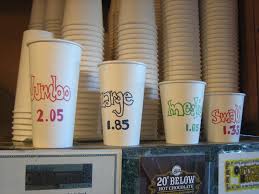 My intent with this Action Practice is not to wax on about the importance of understanding what the markets’ current preferences are. My point is simply that if the markets are favoring growth over value, then as investors, our probabilities are enhanced when we invest with the growth winds at our backs. If the markets are favoring large cap equities over mid-caps and small caps, our probabilities are likewise enhanced with the large cap winds at our backs.
My intent with this Action Practice is not to wax on about the importance of understanding what the markets’ current preferences are. My point is simply that if the markets are favoring growth over value, then as investors, our probabilities are enhanced when we invest with the growth winds at our backs. If the markets are favoring large cap equities over mid-caps and small caps, our probabilities are likewise enhanced with the large cap winds at our backs.
Please refer to the six charts that I presented to you in the Action Practice #13 blog.
Here are some suggestions for your analysis:
- Ask yourself what your investing timeframe is to better align that with your analysis timeframe. In this blog, I’m using three months as my analysis timeframe.
- NOTE: There are perfectly fine alternative ETFs to the ones I presented. One could just as effectively use IWO (Russell 2000 Growth) or IWN (Russell 2000 Value). I’ve done precisely that in the chart below. Note that I plot a ratio line of IWO over IWN which is the black line, as well as individual plots of each. When the ratio line is trending up, growth is being favored and vice-versa. I feel it’s a helpful comparison aid.
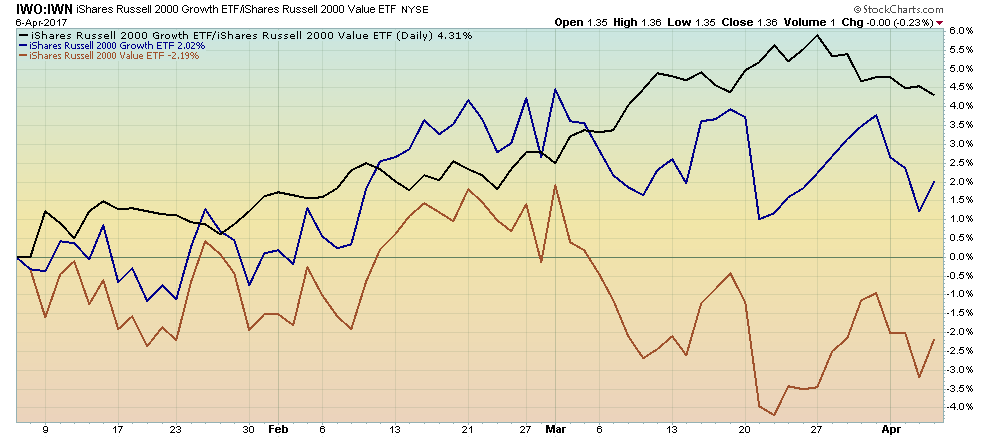
- Investors can also refer to category returns in a simple matrix form as made available, for example, on morningstar.com. Total returns are presented in the nine categories discussed in this blog for various time periods (i.e. Large Growth, Mid-Cap Growth, Small Cap Growth, etc).
- My ‘go-to’ collection of charts in answering the growth versus value and the large, mid or small cap questions is clearly presented in our Tensile Trading ChartPack as follows:
1. ChartList 10.2: Allocations
2. ChartList 110: Large / Mid / Small
3. ChartList 120: Growth versus Value
Note the benefit of using the “Verbose” button on the descriptions. It expands all the ticker symbols to a detailed listing which is easier to understand. - To address the questions of large versus mid versus small caps, the quickest approach is to simply use a Perfchart. I have grouped the growth ETFs on one chart and the value ETFs on another. The consistency in conclusions on both charts supports a large cap growth stock preference currently by the markets.
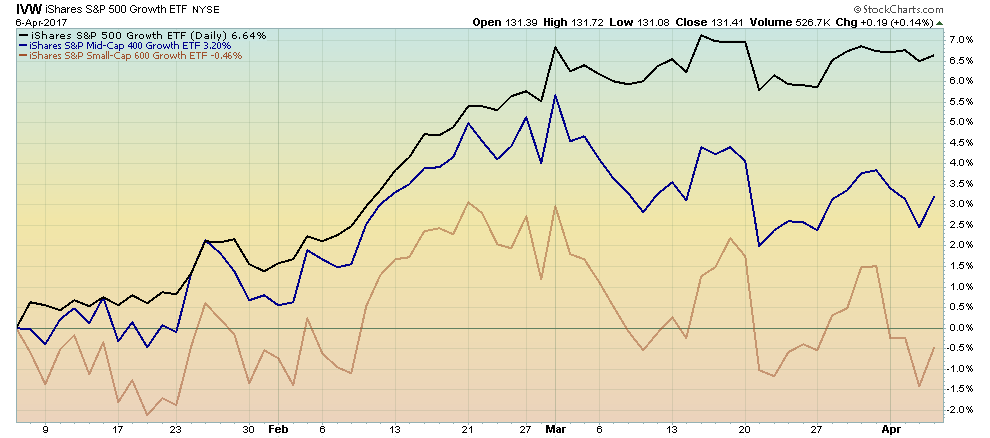
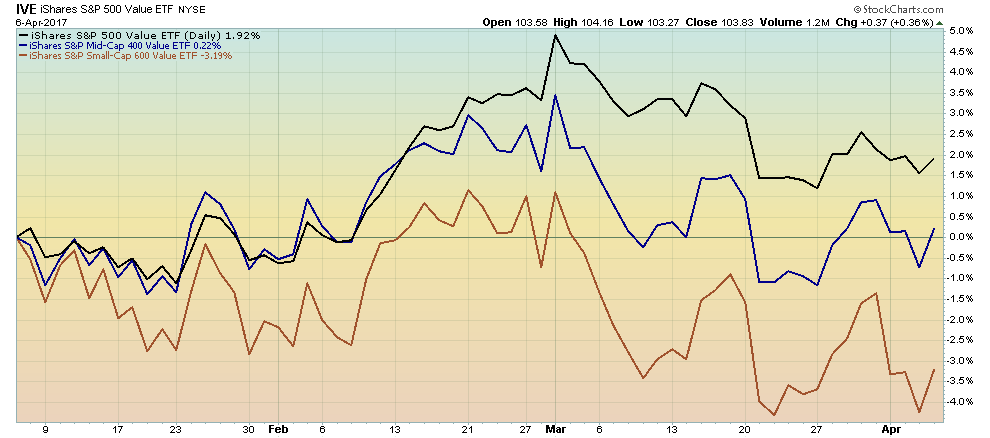
- Finally, I like to plot an individual chart of my winning candidate. Note: The first paramount question investors need to ask is “what is the markets’ overall trend?” Then you dig into these second-tier questions.
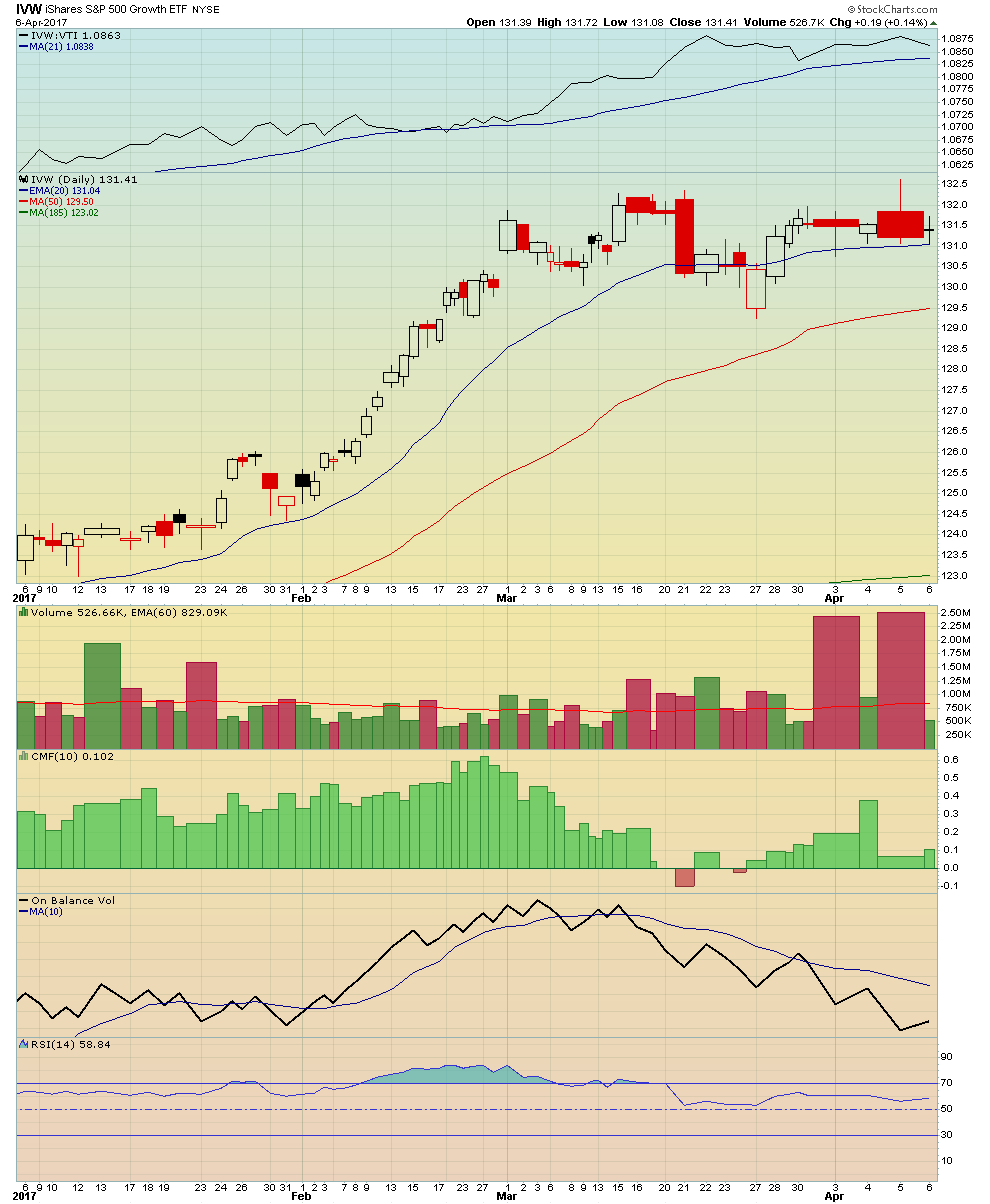
This Week’s Action Practice:
As most of you know, I am a fan of Investors Business Daily (www.investors.com). I want to illustrate how the Tensile Trading charting approach can easily identify the strongest stocks from any group of candidates.On April 5, 2017, the IBD website presented 20 top-rated Big Cap stocks which they uncovered via a daily screen. I installed all 20 into a working ChartList, applied the Gatis Roze formatted chart from the pull-down menu in Chart Styles, and then hit the “View All” button. I then selected the four most attractive candidates. The entire exercise took less than five minutes.
Your Action Practice assignment this week is to identify the most attractive candidate from these four equities. Bon chance!
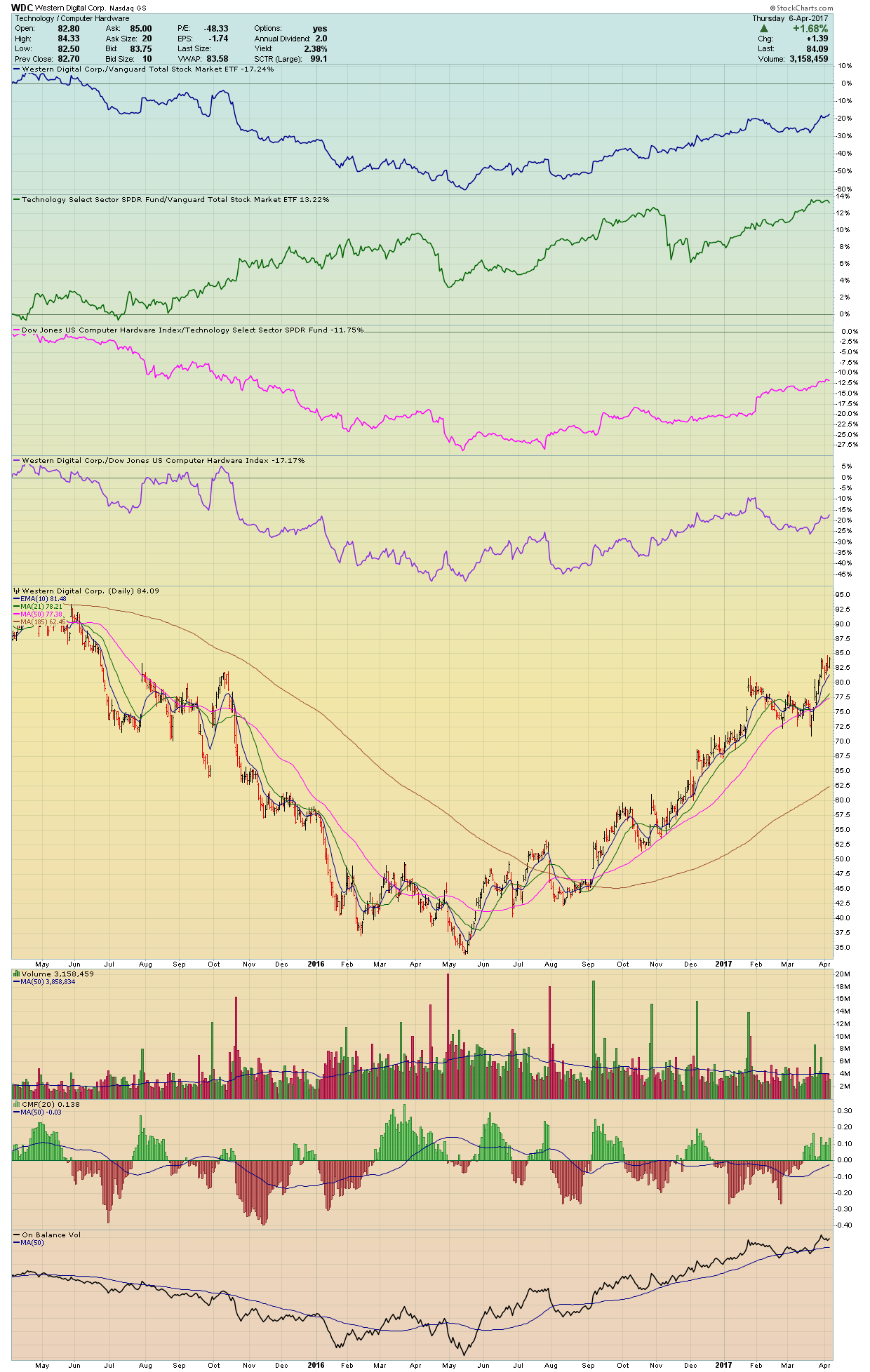
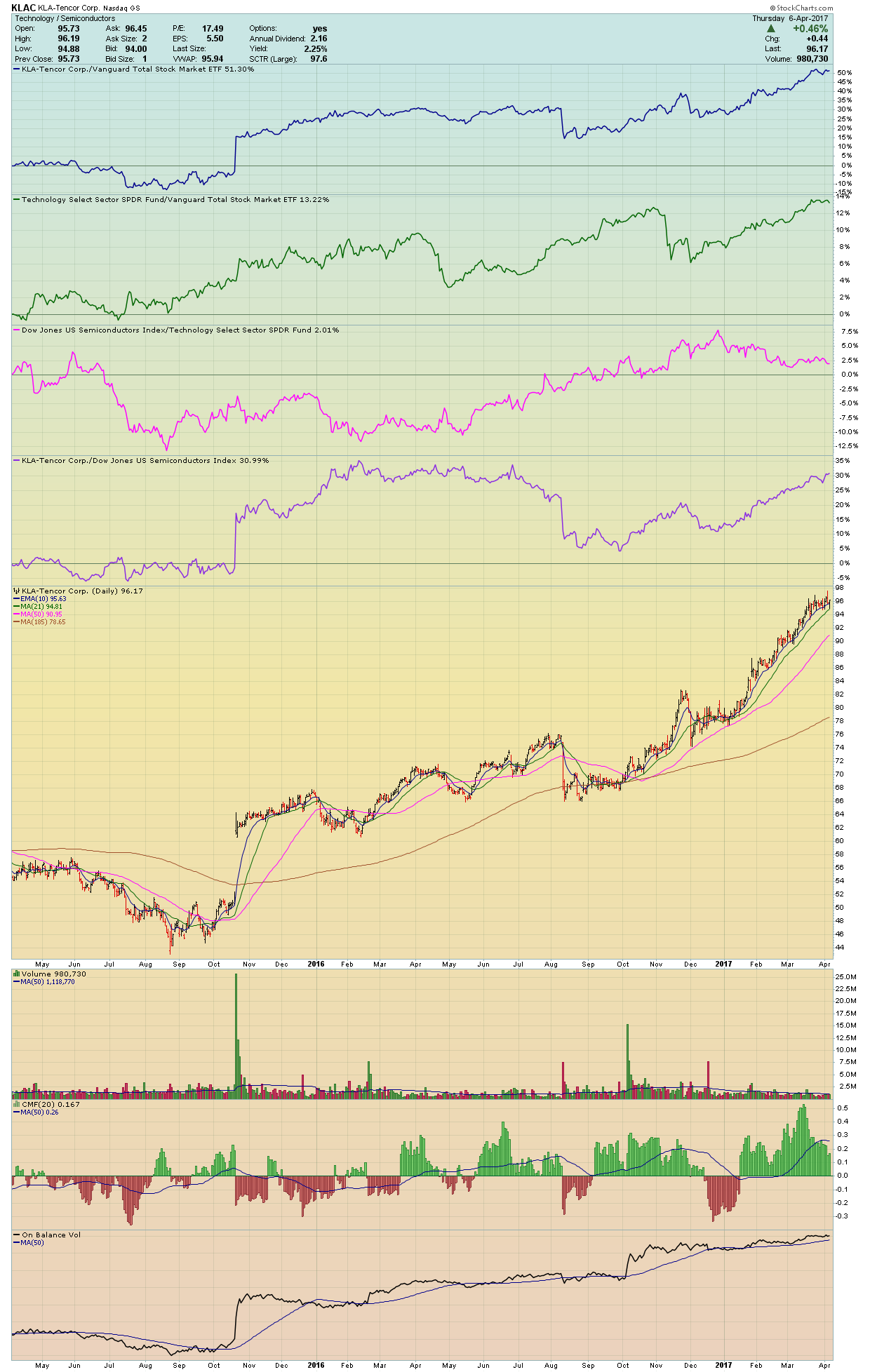

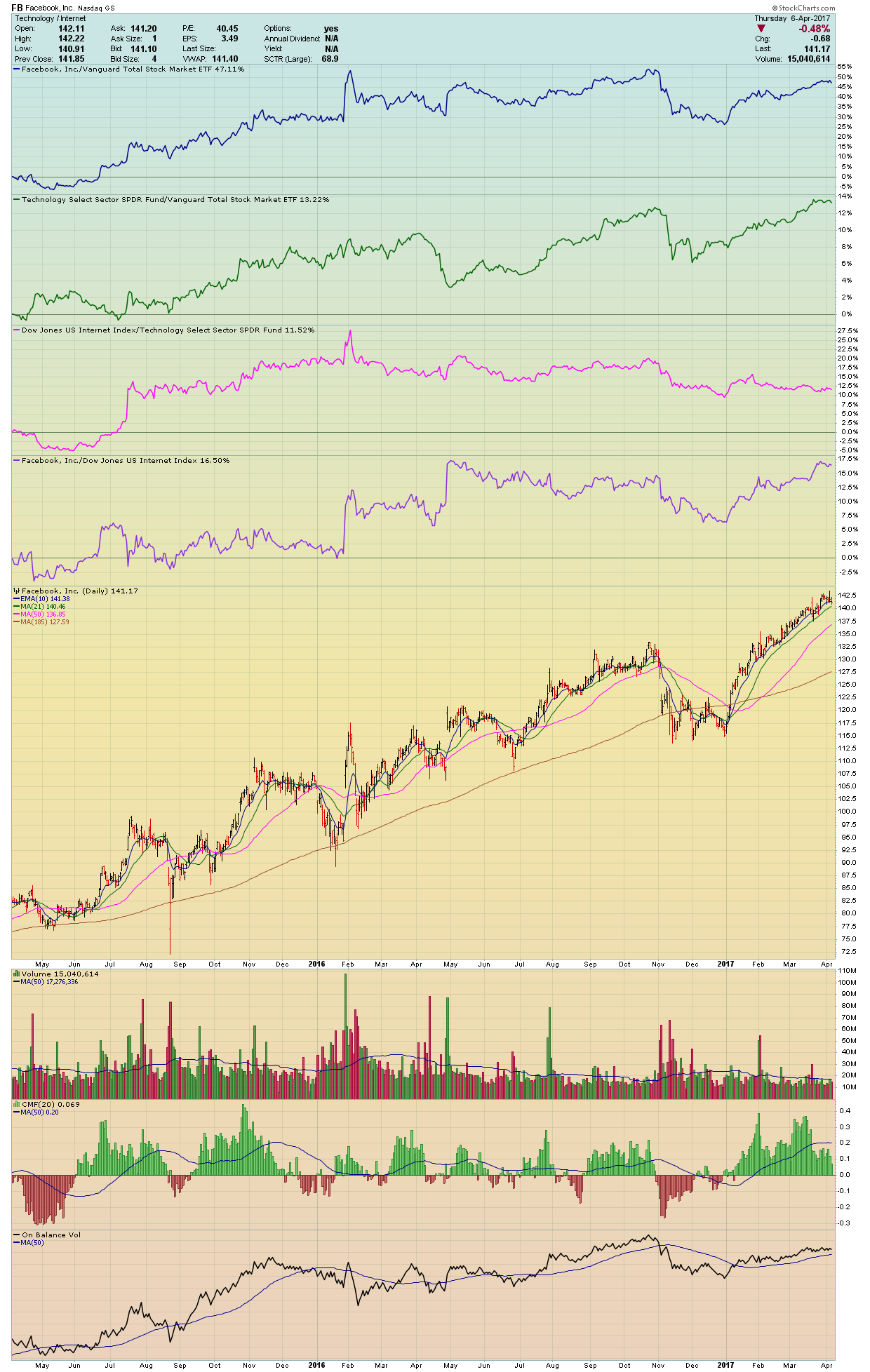
Trade well; trade with discipline!
- Gatis Roze, MBA, CMT
- Author, Tensile Trading: The 10 Essential Stages of Stock Market Mastery (Wiley, 2016)
- Presenter of the best-selling Tensile Trading DVD seminar
- Presenter of How to Master Your Asset Allocation Profile DVD seminar
- Developer of the StockCharts.com Tensile Trading ChartPack






